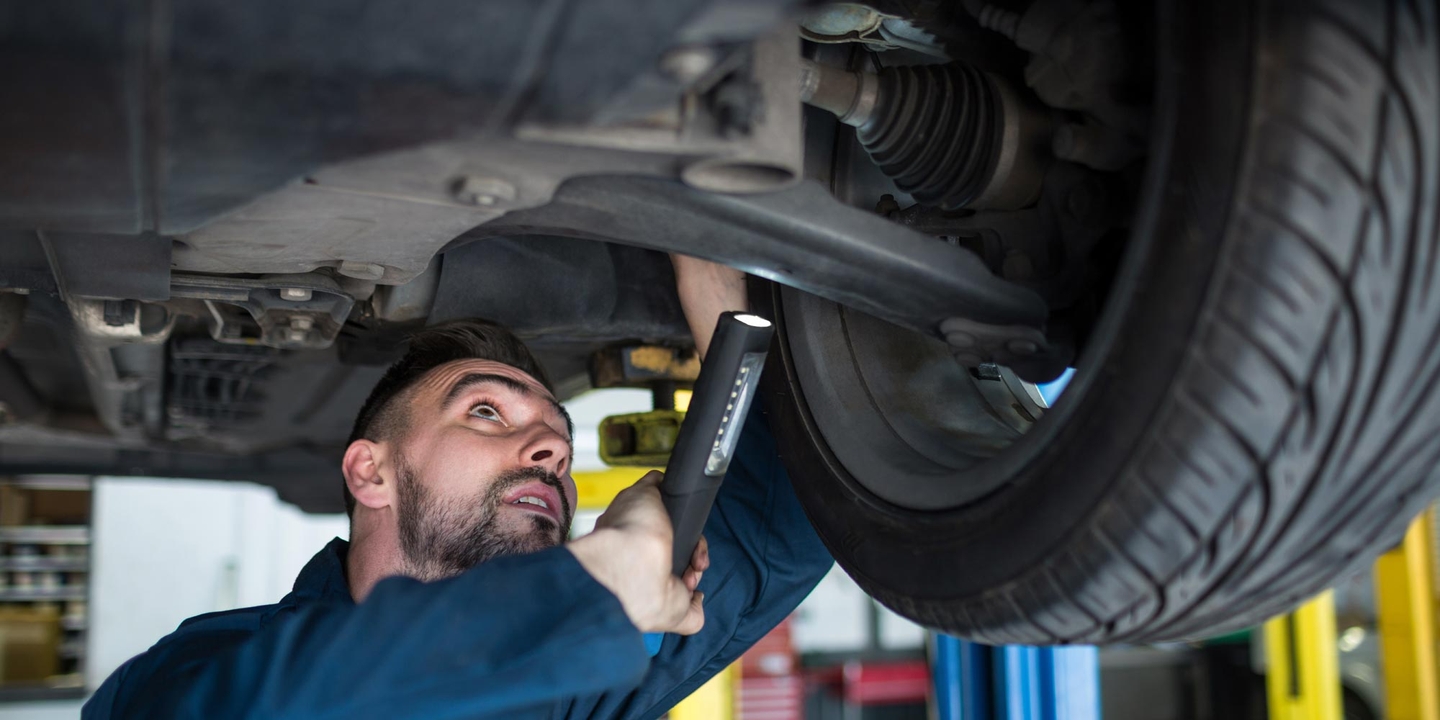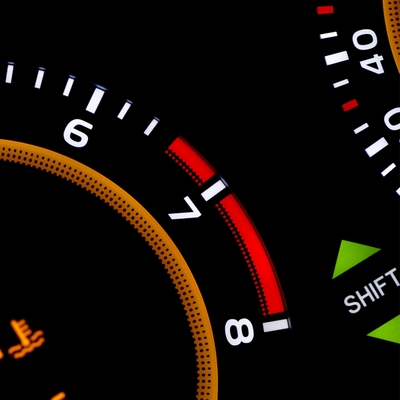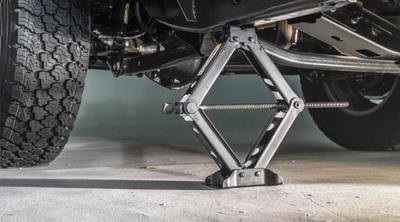What is an axle on a car?
2 min read
A car axle, whether a front or rear axle, is a vital part of your car’s driving and steering. Front and rear axles work differently on front-wheel drive, rear-wheel drive, and all-wheel drive vehicles.
Your mechanic will usually inspect your axles during a regularly scheduled car maintenance appointment, but you can visually inspect them for issues as well.
What does an axle do?
A car axle is the mechanical link between your transmission and your wheels. Essentially, car axles are part of the system that takes the engine’s power to turn the wheels and propel the car. They generally work the same whether a manual or automatic transmission car. In front-wheel drive vehicles, people refer to the shaft connecting the rear wheels as a “dead axle” because it doesn’t provide power to those wheels. The shaft allows the rear wheels to turn while powering the front wheels.
In a rear-wheel drive car, the front wheels are connected by a dead axle instead. “Most axles on front-wheel drive and all-wheel drive cars today are ‘CV’ or ‘constant velocity’ axles,” says Jaime Boucher, an ASE-certified master technician and the shop foreman at Cantin Chevrolet in Laconia, NH. These are sometimes called “half axles” or “half shafts” because each wheel has a dedicated axle shaft instead of one shaft that connects both wheels.
What are the common issues with car axles?
It’s not the car axle that’s usually the source of any issues. Instead, the joints connect the axles to the wheels and the transmission — and the parts that protect those joints. If you find any heavy grease spatter while inspecting your tires or checking your tire pressure, that’s the best-case scenario for catching an axle problem before it becomes an expensive fix. But according to Boucher, most drivers don’t become aware of an axle problem until there’s a noise — a squeak or a vibration, usually while accelerating or turning.
“On a CV axle, you have the shaft, which is connected [to a given wheel and the transmission] with a flexible CV joint on each end of the shaft,” Boucher explains. “There are rubber boots encasing those joints, keeping the grease for the joints where it needs to stay.” Worn or torn rubber boots are the most common source of problems with CV axles. The grease lubricating the axle can leak out, and dirt and water can get inside the boot. Debris in the boot can result in damage to the axle joints.
Can you check for car axle issues yourself?
You’ll have to get under the car for an axle inspection. You’ll be looking at the rubber boots. Over time, or due to an accident or other incident, these may crack or fail and start leaking.
You’re unlikely to see a puddle of axle grease under your car. “Because it’s a heavy grease, it’s more likely to be flung from the failure point in the boot while you’re driving,” Boucher says. As a result, you’d have to look for a splattering of grease around the axle joint areas underneath your car.
Now that you’ve learned a bit about the role axles play in steering your vehicle, you may want to learn about other car maintenance issues, such as how to identify car leaks.




